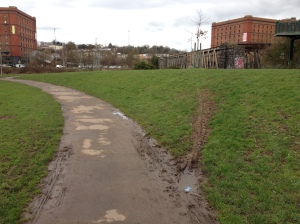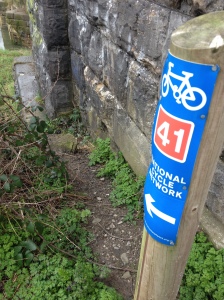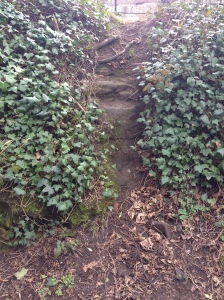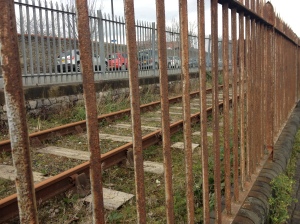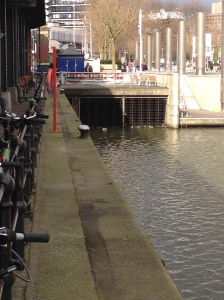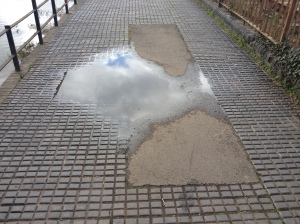My project proposal for the module Media Culture 2
Research Proposal Form
This proposal form must be filled in and signed by your Mentor before carrying out the primary research for your final Research Project. You will need to get two copies signed: one for yourself and one for your Mentor to keep. Please keep this form to two sides of A4, if possible.
Student name and mobile phone number: Anika Nørager,
Mentor name and mobile phone number: Katie,
Student’s blog address: wwww.creativeculturalresearch.wordpress.com
What is the research question that you are setting out to answer?:
“Styles specifies a linguistic structure that manifests on the symbolic level… an individual’s fundamental way of being in the world. Use defines the social phenomenon through which a system of communication manifests itself in actual fact; it refers to a norm. Style and use both have to do with a ‘way of operating’ (of speaking, walking etc.), but style involves a peculiar processing o the symbolic, while use refers to element of code. They intersect to form a style of use, a way of being and a way of operating.” – Mitchel de Certeau The Practice of Everyday Life 1984, page 100
How does ‘style’ and ‘use’ impact our ‘way of operating’ while walking in the city?
How does this develop themes and debates explored within the module?:
It questions the navigational structure of a city and the human interactions within it – psychogeography – and how people make sense of places and spaces in the city and the potential to use it in a payable way – playable cities.
What research methods are you going to use? How are you going to produce the evidence you’ll need to answer your research question?
I will attempt to do my research though walkshops in the city with a GoPro camera attached to me to explore the navigational structure of a city in England and Denmark. Furthermore, to document the interaction between people walking on the streets when someone (me) doesn’t follow the cultural structure.
What physical resources will this primary research require?
GoPro camera
Good walking shoes
Where and when exactly is this primary research going to take place?
(NB for health and safety reasons, we need to know the EXACT locations at which this research will take place and the EXACT times that you’ll be working there)
Bristol City Centre, Bath City Centre UK
Herning City Centre, Aarhus City Centre Denmark
Which student colleagues have agreed to help and support you in carrying out this research?
In UK: Beatrice
In Denmark: on my own
Self-assessment of risk:
Is this research exercise likely to expose you to any health and safety risks or any risk to property?
(NB these might include: exposure to theft by using a camera in a public place; journeying into an unknown area of town; entering into people’s homes; carrying out ethnographies in places in which excessive alcohol consumption or drug use takes place; etc).
Theft of camera equipment
Personal statement:
I am aware that, whilst carrying out this research (and/or on the Leeds/Bradford Field Trip), I have certain responsibilities both to my tutors and to UWE. I will not endanger my own welfare (e.g. through excessive consumption of alcohol, drug misuse, or engaging in provocative behaviour) and will endeavour not to be an undue burden on either my student colleagues or my tutors. If I need to alter the plan of research here outlined, I will check with my Mentor before proceeding. If I am going on the Leeds/Bradford Field Trip, I will endeavour to keep my Mentor informed about my general whereabouts throughout the three days. I am responsible, however, for the successful completion of this primary research and also for my general conduct and timekeeping. If I turn up late for the coach home, I can’t expect it to wait, and I will make my own way back to Bristol accordingly.
Student signature and date: 12.03.2014 ANIKA NØRAGER
Mentor signature and date:
